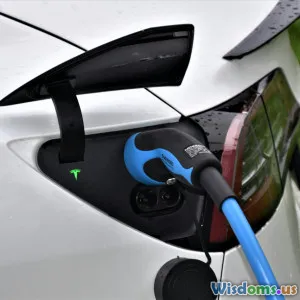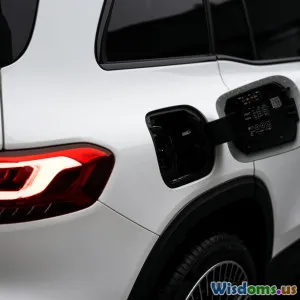
Top Ten Energy Efficiency Upgrades For Your Electric Car
12 min read Discover the top ten energy efficiency upgrades to maximize your electric car’s range and lower energy consumption. (0 Reviews)
Top Ten Energy Efficiency Upgrades For Your Electric Car
Electric vehicles (EVs) are redefining the road. As battery technologies and charging networks expand, more drivers are considering how to make their EV journeys even smarter and more sustainable. Optimizing your electric car for energy efficiency isn't just eco-friendly—it reduces operating costs, extends driving range, and enhances performance. Let’s break down the top ten energy efficiency upgrades you can make to your EV, with tips, examples, and what to expect from each enhancement.
Upgrade Your Tires for Low Rolling Resistance
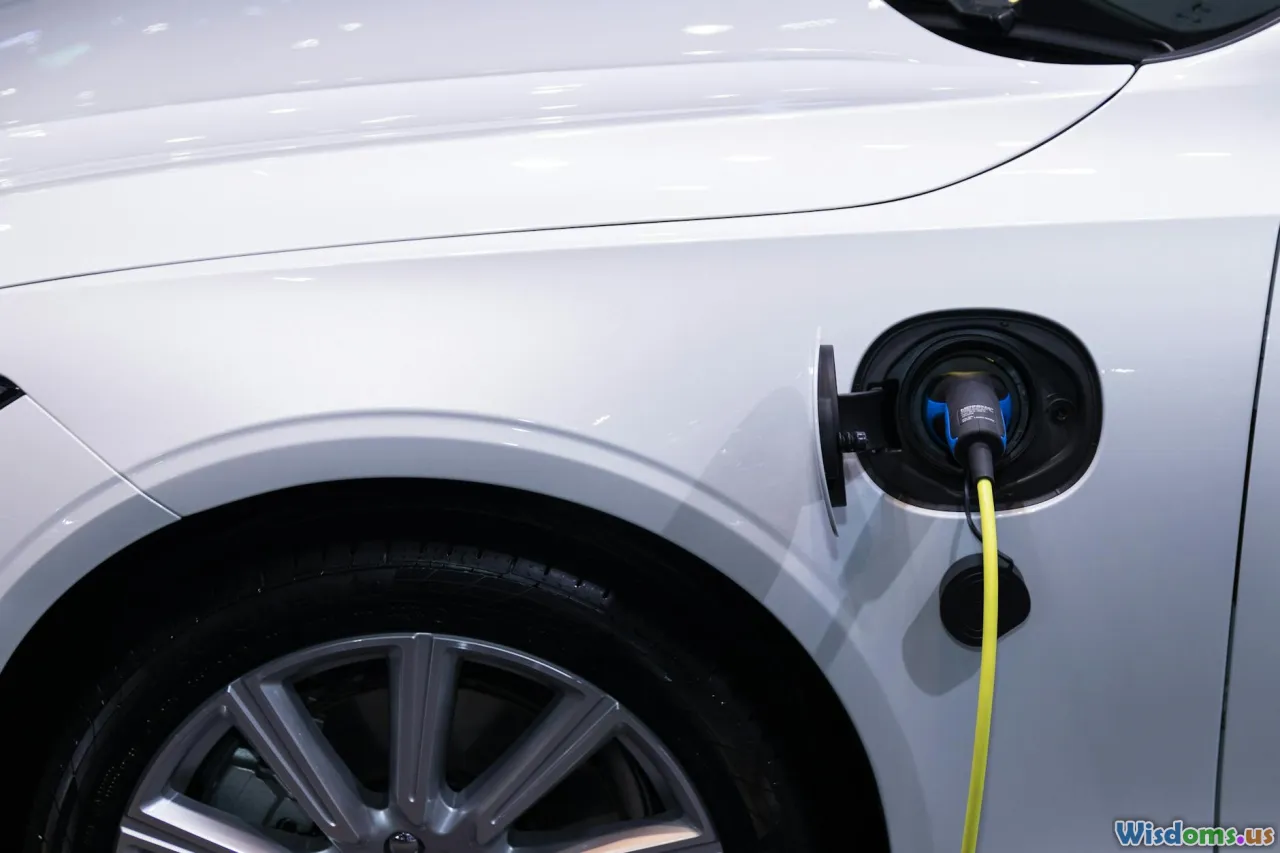
Low rolling resistance tires minimize the friction between your tires and the roadway. With less resistance, your electric vehicle requires less energy to keep moving, directly increasing your driving range. For instance, Michelin’s Energy Saver A/S and Bridgestone Ecopia lines are designed with special rubber compounds that also wear slowly, which means both savings and sustainability.
How to Upgrade:
- Choose tires specifically labeled for low rolling resistance.
- Maintain the manufacturer-recommended tire pressure—under-inflated tires can reduce range by up to 10%.
- Check for alignment issues; misaligned wheels cause drag.
This simple swap doesn’t sacrifice safety or performance. It’s a quick win for efficiency-conscious EV owners.
Optimize Aerodynamics

Aerodynamic drag can sap your efficiency, especially at higher speeds. Slight modifications to your vehicle’s profile can reduce wind resistance and improve range. Many EV enthusiasts add aftermarket aero kits that include features like front air dams, rear diffusers, and wheel covers.
Real-World Impact: Tesla’s Model S design is lauded for its slippery 0.24 drag coefficient, directly boosting highway efficiency. You can mimic these benefits:
- Install smooth underbody panels and wheel covers.
- Remove unnecessary roof racks or spoilers.
- Consider aesthetic upgrades that smooth body lines—some companies even 3D-print custom parts.
A modest investment in aerodynamics pays dividends every time you hit the highway.
Invest in a Regenerative Braking Enhancement
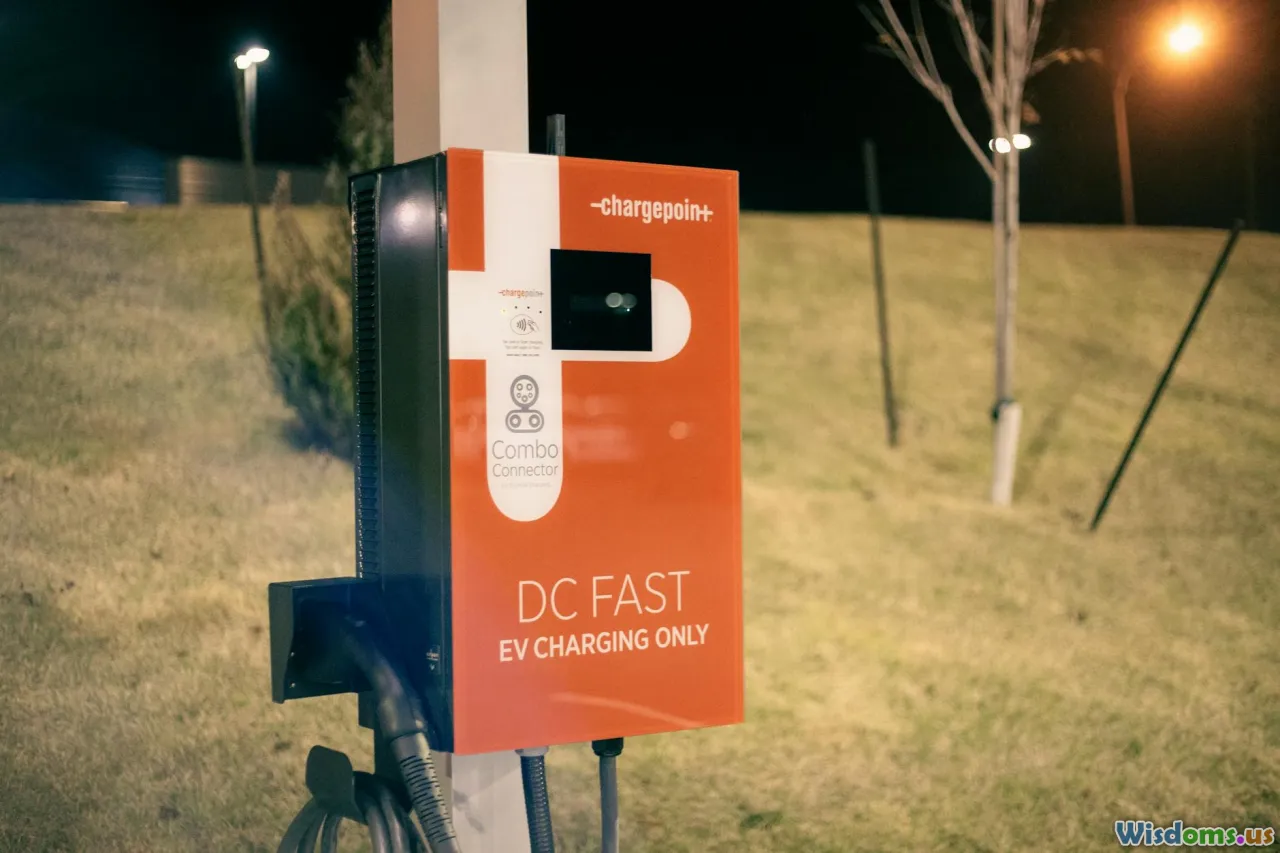
Regenerative braking systems recapture energy typically lost during stopping. All modern EVs have this feature, but some offer upgrades or software tweaks (such as “one-pedal driving” modes) that maximize recovery.
How to Maximize Gains:
- Update your vehicle’s firmware to the latest, as manufacturers often refine regenerative braking algorithms.
- Experiment with adjustable regen braking settings—more aggressive settings return more energy.
- When possible, plan routes that minimize idle time to take full advantage.
An example is Nissan’s e-Pedal technology on the Leaf, which allows drivers to recover enough energy from urban stop-and-go conditions to slightly boost daily range.
Upgrade to a Heat Pump Climate Control System
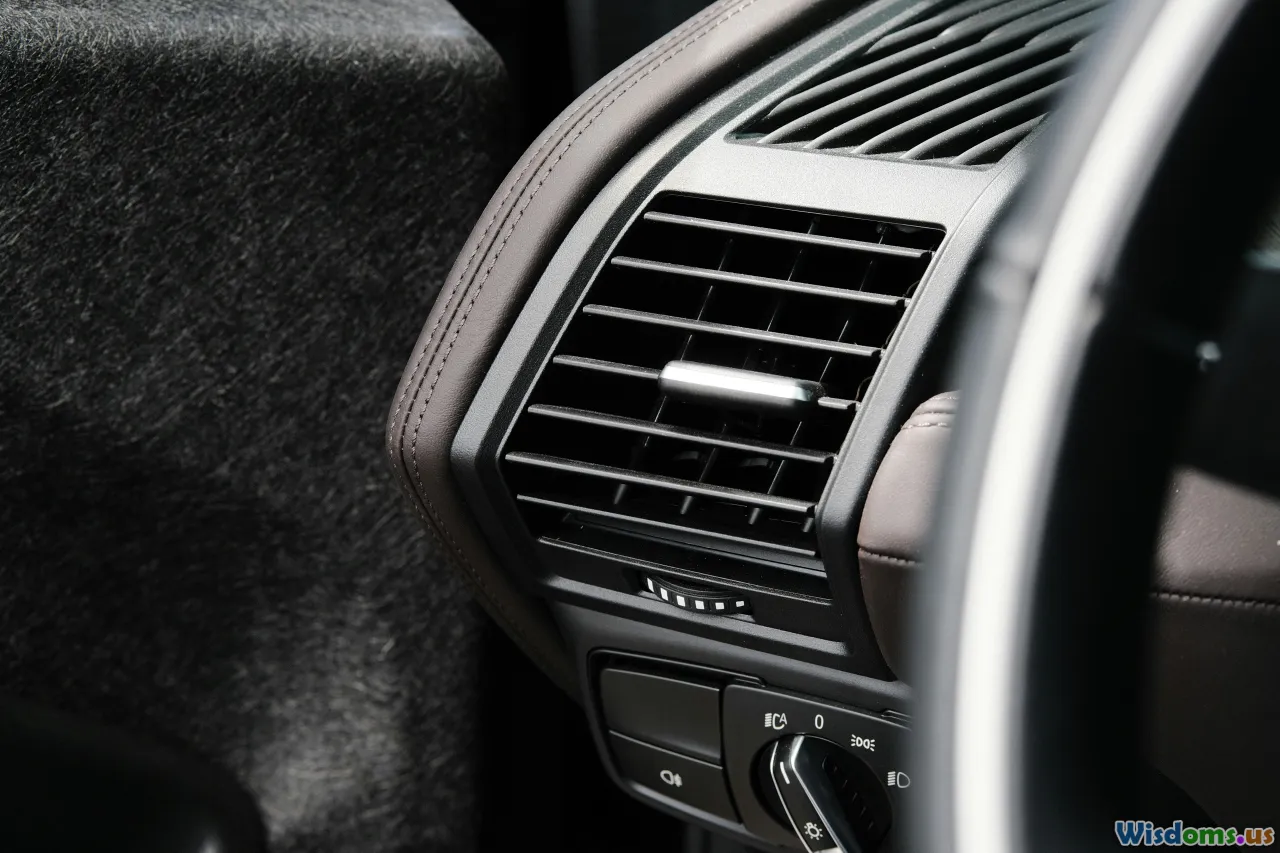
Climate control—especially heating—can be a notorious drain on an EV battery. Traditional resistive heaters work like hairdryers, but new heat pump systems, like those in the latest Tesla Model Y and Hyundai Kona Electric, use ambient air to provide cabin heat more efficiently.
Actionable Steps:
- Check if your vehicle can be retrofitted with a heat pump system.
- Use seat or steering wheel warmers (which are remarkably efficient) instead of blasting cabin heat.
- Precondition your car while it’s charging, so energy comes from the wall, not your battery.
Switching to—or properly utilizing—a heat pump can save the equivalent energy of up to 30 km of range per full charge in cold weather.
Install Lightweight Interior and Exterior Components
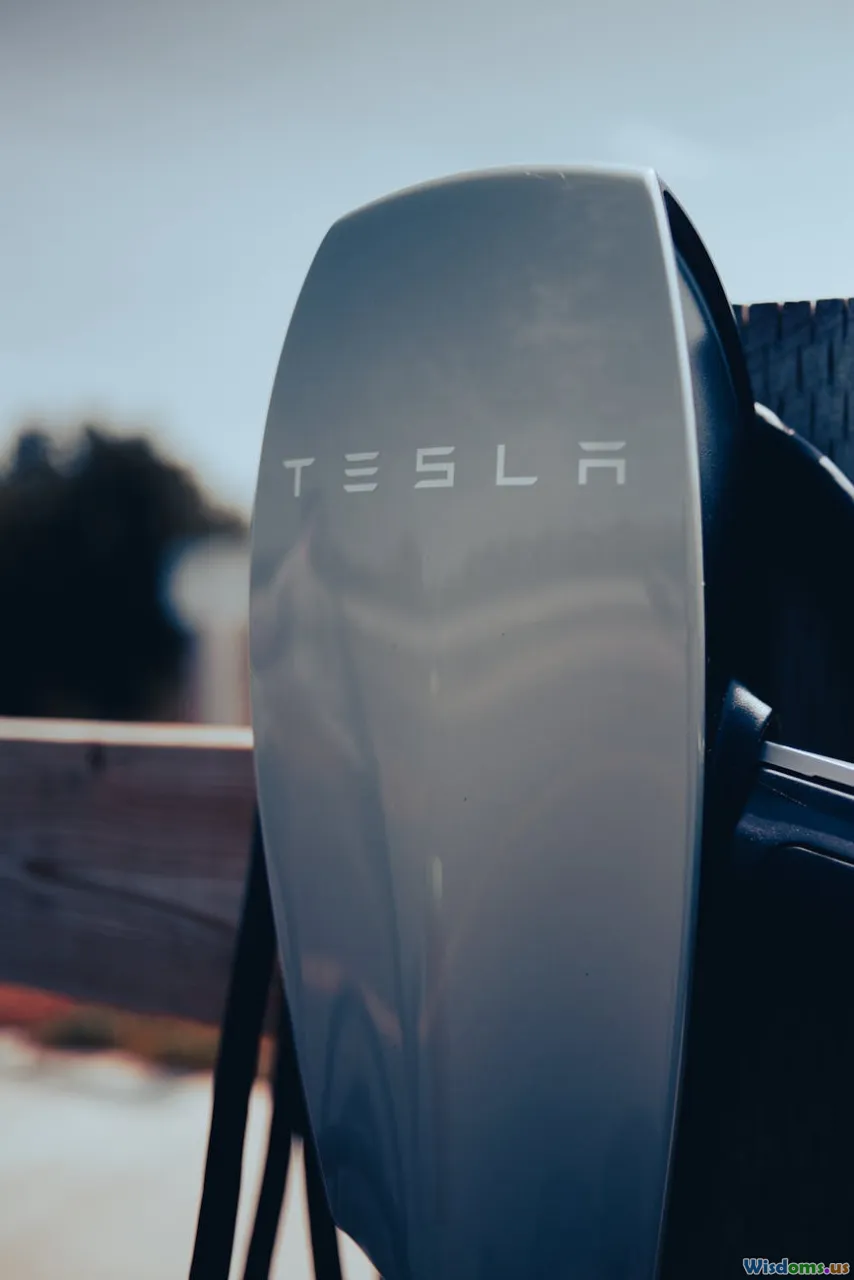
Every kilogram in your EV counts—lighter cars travel farther on the same amount of energy. Upgrading to lighter wheels, seats, or even carbon fiber or aluminum suspension parts can result in major efficiency gains.
Examples:
- Mazda’s MX-30 uses a lightweight interior trim and seats to offset battery mass while the Lucid Air offers optional lightweight wheels.
- Replace steel body parts (hoods, trunk lids) with aluminum or composite substitutions if available.
Keep comfort and safety in mind, and work with professionals for structural modifications. Incremental weight reductions add up, improving your daily efficiency and sometimes even acceleration.
Use Advanced Battery Management Software

An advanced Battery Management System (BMS) ensures your battery operates at peak efficiency. Manufacturers occasionally push updates that optimize how your EV charges and expends energy, directly impacting range and longevity.
How to Upgrade:
- Always install official software updates for improved charging algorithms and diagnostics.
- Use apps like TeslaFi or LeafSpy to monitor battery health and spot inefficiencies.
- Consider third-party BMS gadgets for older EVs (comply with warranty and safety rules).
As batteries age, intelligent management is key to squeezing out every last kWh.
Optimize Charging Habits and Use Smart Charging Equipment
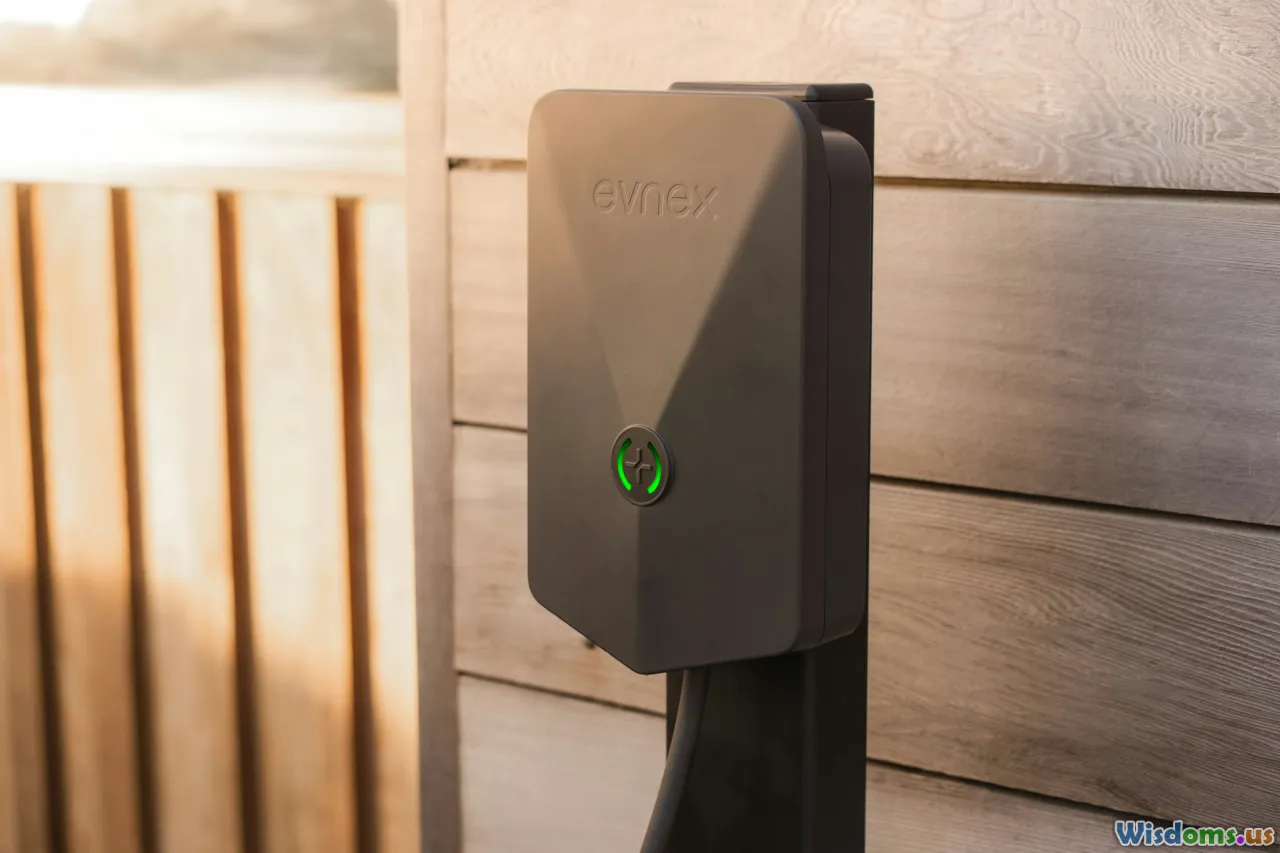
Charging isn’t just about plugging in—it’s about how and when you do it. Smart chargers schedule charging for off-peak hours, reduce wear on your battery, and can optimize charging speed based on grid demand.
Best Practices:
- Install a Level 2 home charger with WiFi scheduling, like ChargePoint Home Flex or Wallbox Pulsar Plus.
- Limit frequent fast charging; slow, steady charging is gentler on your battery.
- Use time-of-use electric rates to save money and reduce grid stress.
Some utilities offer incentives and rebates for installing home smart chargers, further slashing your energy costs.
Retrofit Efficient LED Lighting

Replacing interior and exterior halogen or incandescent lamps with LEDs reduces auxiliary power drain. Modern LED headlamps offer superior brightness at a fraction of the power consumption.
How and Where to Upgrade:
- Swap all interior dome, dome, map, and trunk lights with LED bulbs.
- Outside, replace turn signals, reverse, and license plate bulbs where compatible.
Consider the Ford Mustang Mach-E, which employs all-LED lighting to conserve energy across every system, channeling more of its battery into propulsion.
Adopt Predictive Navigation and Eco Driving Features
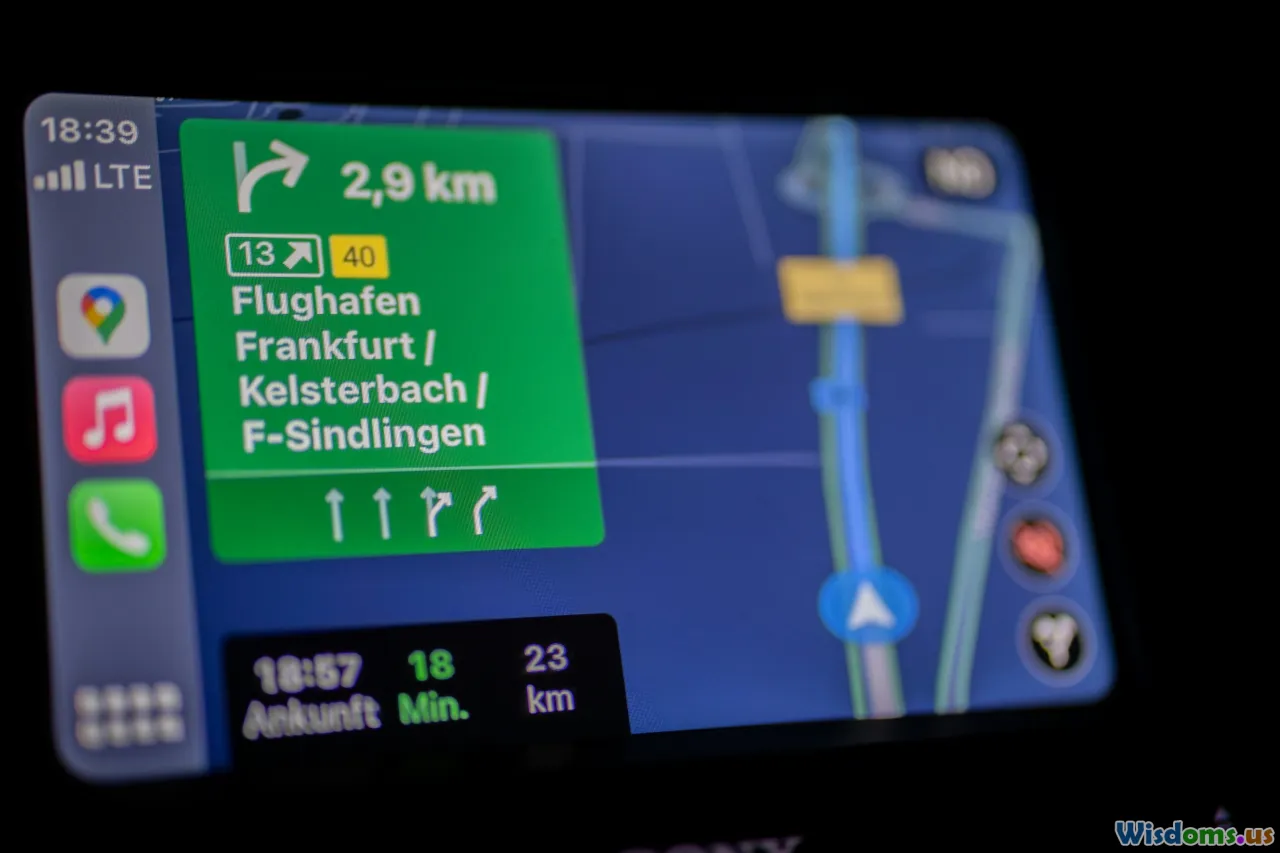
Your car’s computer isn’t just for maps: Navigation systems that anticipate traffic, elevation, and charging stops help minimize unnecessary energy use. Using built-in eco-driving modes further extends range.
How to Leverage Technology:
- Engage Eco or Range driving modes, which smooth throttle response and limit heavy acceleration or climate usage.
- Use navigation systems like Google Maps EV, PlugShare, or in-car planners (e.g., Tesla’s Trip Planner), which provide energy-optimal routing based on terrain and real-time data.
- Monitor in-car efficiency feedback systems to adjust your driving style.
Smart route planning alone can add 6–10% to your real-world driving range according to data from current EV owners.
Upgrade to Higher-Efficiency Electric Drive Units (For Enthusiasts)

For the truly dedicated, swapping or upgrading your EV’s drive unit or inverter brings substantial improvements. Newer or aftermarket electric motors and controllers tend to be lighter, more compact, and feature state-of-the-art power electronics with less energy loss.
Upgrade Considerations:
- Seek compatible high-efficiency drive units engineered for your vehicle model.
- Specialist EV custom shops or tuners in regions like California or the Netherlands offer professional conversion services.
- Beware of warranty and regulatory implications—drivetrain concurrency must be road-legal in your state or country.
This represents perhaps the largest up-front cost, but for high-mileage drivers or performance EV enthusiasts, over time it can comprehensively modernize an older electric car.
As the electric vehicle revolution accelerates, embracing these energy efficiency upgrades not only boosts range and performance but also enhances your daily driving experience. Each step—whether it’s simply upgrading your tires or a complete drivetrain makeover—brings you closer to the optimal balance of efficiency, cost-savings, and environmentally responsible motoring. Explore what’s right for you, and drive forward into a smarter, cleaner future.
Rate the Post
User Reviews
Other posts in Electric Vehicle Technology
Popular Posts













